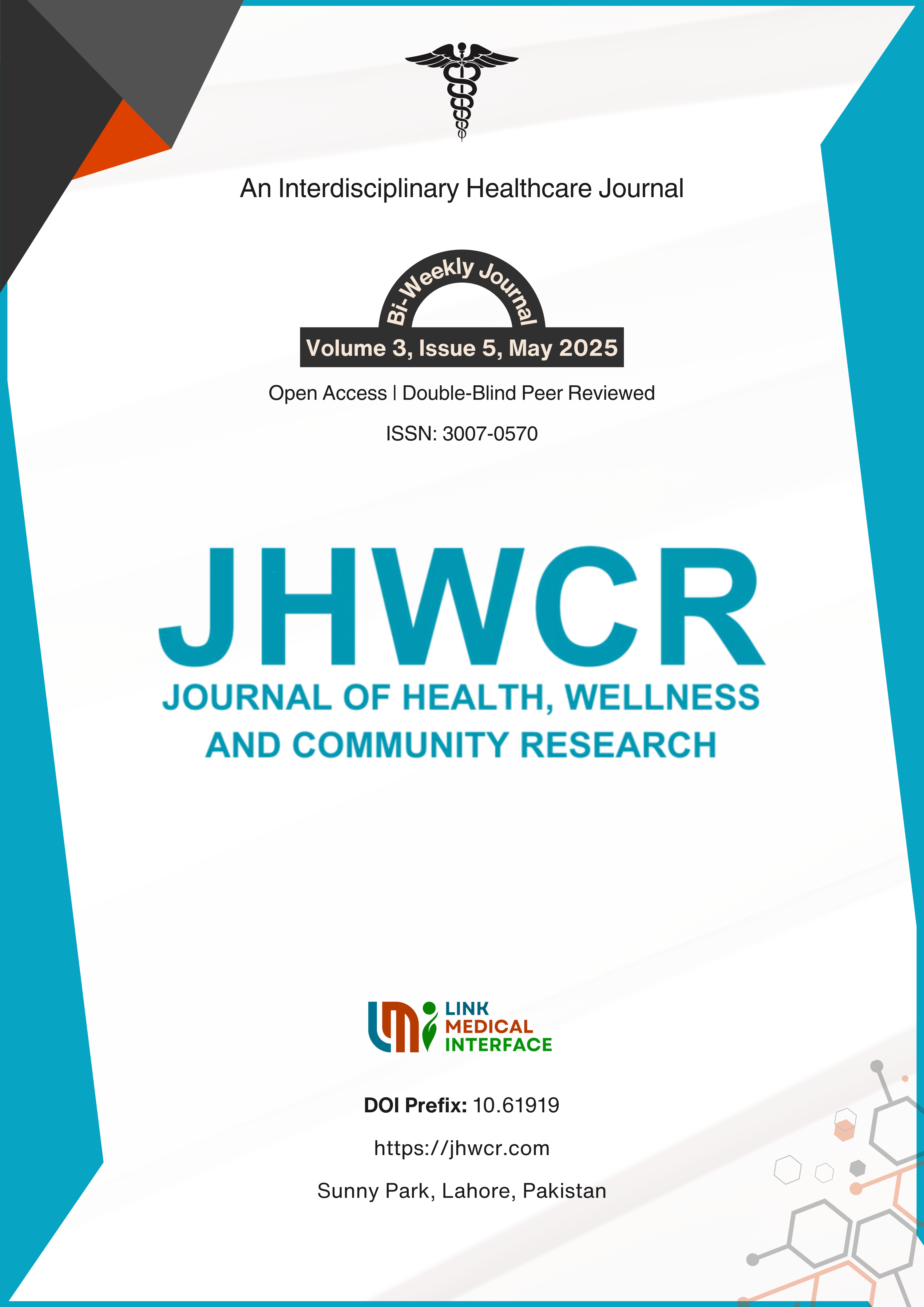Impact of Community-Based Wellness Programs on Reducing Incidence ofType 2 Diabetes in High-Risk Populations
DOI:
https://doi.org/10.61919/Keywords:
Type 2 Diabetes, Community-Based Wellness Programs, High-Risk Populations, Health Behavior, Diabetes Prevention, Public Health InterventionAbstract
Background: Type 2 diabetes is a global health concern, particularly prevalent in high-risk populations influenced by genetic, lifestyle, and socioeconomic factors. Community-based wellness programs have been recognized as a potential strategy to reduce the incidence of this condition through targeted health education and lifestyle interventions. Objective: This study aimed to evaluate the effectiveness of community-based wellness programs in reducing the incidence of Type 2 diabetes among high-risk populations in an urban community. Methods: A stratified random sampling method was employed to select 454 participants from a highrisk urban population. The study included individuals aged 18 and older who were at risk for developing Type 2 diabetes but did not currently have the condition. Data were collected through a combination of surveys, physical measurements, and biochemical tests. Physical health metrics included weight, waist circumference, and blood pressure; biochemical parameters included fasting plasma glucose, 2-hour plasma glucose, and HbA1c levels. Behavioral data on diet, physical activity, tobacco and alcohol use, and wellness program participation were also gathered. Data analysis was performed using SPSS version 25, employing logistic regression to assess the impact of wellness program participation on health outcomes. Results: The participants had an average age of 44.62 years (SD = 9.71) with a near-balanced gender distribution (52.42% male, 47.58% female). Education varied, with 23.13% having completed secondary education. Most participants (60.35%) were married, and 48.46% reported household expenditures between 5000 and 10000 units. Health metrics indicated a high prevalence of risk factors for diabetes, with an average body weight of 68.89 kg (SD = 14.90) and waist circumference of 89.70 cm (SD = 11.78). Participation in the wellness program was 40.75%. Analysis revealed no significant difference in glucose levels pre- and post-intervention, although there was a slight improvement in diet and physical activity scores among participants. Conclusion: The community-based wellness program showed potential in modifying risk factors associated with Type 2 diabetes, particularly through improvements in diet and physical activity. However, the changes in biochemical parameters were not statistically significant, suggesting the need for program enhancements and further research with a more extended follow-up period to verify long-term impacts.
Downloads
Published
Issue
Section
License
Copyright (c) 2024 Mehar Nigar, Rabia Majeed (Author)

This work is licensed under a Creative Commons Attribution 4.0 International License.


